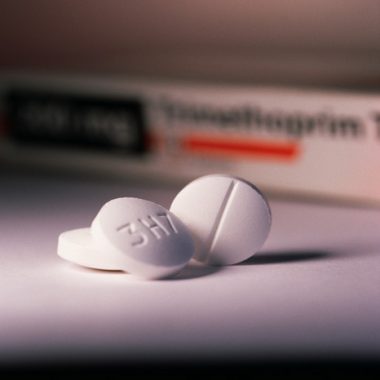The amount of antibiotics used in primary care has gone up in recent years despite GPs continuing to write fewer prescriptions for the drugs, latest public health figures for England show.
Officials said this ‘suggests that longer courses and/or higher doses of antibiotics are being prescribed in general practice’.
GP prescribing experts pointed out this may be because recommended doses for certain indications have increased, while long-term prescribing in primary care is often being done at the behest of secondary care colleagues.
The figures published by Public Health England – from its second annual English Surveillance Programme for Antimicrobial Utilisation and Resistance (ESPAUR) report – show that the number of GP prescriptions for antibiotics fell between 2013 and 2014, returning to 2011 levels.
However, the total amount of antibiotics used in primary care went up by 6.2% between 2010 and 2014.
This was half the rise seen for hospital inpatients, however, in which antibiotic consumption went up 11.7%.
The report also highlighted that while use of ‘last resort’ broad-spectrum antibiotics – which tends to drive resistance – has increased in hospital settings, the converse has actually happened in general practice, where a fall of 8.5% resulted in England becoming one of the lowest prescribers of the drugs overall in the European Union.
PHE experts nonetheless warned the increase in broad-spectrum antibiotic use in hospitals is concerning – as is the continuing rise in the number of E coli and Klebsiella pneumoniae bloodstream infections, which they said reflected an ongoing increase in emerging antibiotic resistance.
Professor John Watson, Deputy Chief Medical Officer, said: ‘Understanding patterns of both antibiotic prescribing and resistance is essential to tackling this problem and it is good news that the number of prescriptions for antibiotics by GPs is going down, but there is still work to do.
‘This report will help healthcare professionals take action in their local areas and is crucial to our plans to combat the threat of antibiotic resistance.’
Dr Andrew Green, chair of the GPC’s clinical and prescribing subcommittee, said the continued reduction in GP prescribing of antibiotics was ‘quite remarkable’ at a time of rising demand, and that the ‘paradoxical’ increase in total antibiotics consumed through GP prescribing ‘may be accounted for by the recognition that previous doses may have been inadequate, in particular we have seen recent increases in recommended doses for amoxicillin for children and the impact of this is likely to be seen in future reports’.
Dr Green added that while long-term antibiotic prescribing may also have risen, this was often done ‘on behalf of consultants’.
He said: ‘There might be a case for long-term antibiotic prescribing at the request of secondary care remaining with them rather than being transferred to GPs, in order to ensure proper antibiotic accountability.’
Pulse October survey
Take our July 2025 survey to potentially win £1.000 worth of tokens













